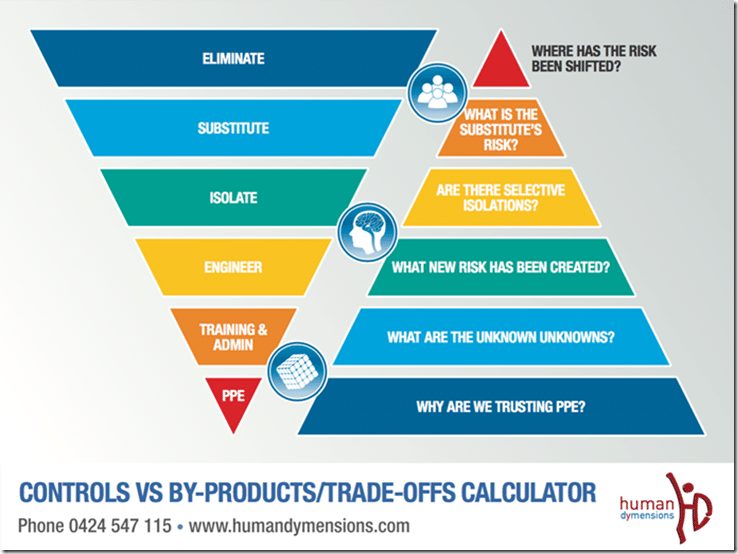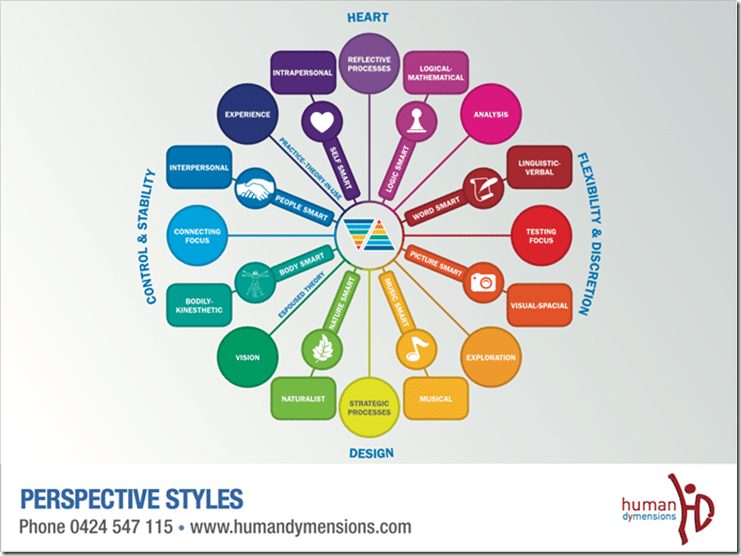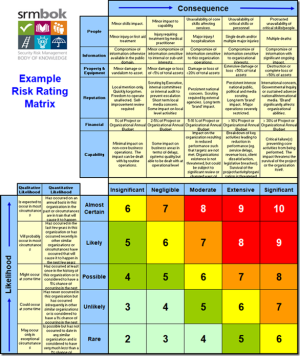Safety Giveaways
I don’t want to, or rather I won’t, bang on about Risk Homeostasis or the Ineffectiveness of the HOC (the links will take you there if you want to read more). But, I’ve recently started using a couple of really neat tools (designed by Dr Rob Long) in meetings and training sessions to help explain why everything we do has a by-product or trade-off of some sort which needs to be considered before we get too naively over-confident in our decisions or controls. Its a two sided card and uses the unconscious power of colour and semiotics help with critical thinking. Rob explains their value in a recent article Risk and Safety Matrices and the Psychology of Colour and I have included an extract below.
Rob has kindly sent me a pile of these cards to give away. If you would like to send me (and allow me to publish – anon if you want) a story about how you didn’t, should have or most certainly did consider the by-products of a recent safety control or initiative then I will send you a handful of these cards – I’m sure you will find a really effective use for them (due to the cost of postage I can only send to Australian addresses – but I would still love to hear stories from elsewhere). Send to: admin@safetyrisk.net (include your postal address and let me know if you want to remain anon). Hurry….. limited stock and a 30day money back guarantee if not completely satisfied!
Dr Rob Long explains the use of these tools:
I wrote about matrices recently (https://safetyrisk.net/calculators-matrices-and-mumbo-jumbo-risk-assessment/) including an extensive list of research and resources on the topic, however none of these resources discuss the influence of the psychology of colour in the process.
In order to assist the affect of the ‘colour comfort factor’ in risk assessment using the hierarchy of controls, I use a By-Products and Trade-Offs calculator (Figure 1.) in my Risk Intelligence training. The purpose of the calculator is to help organisations reduce overconfidence (hubris) and naivety in the risk management process. In this way, the organization and workers are able to ‘entertain doubt’ (or what Hudson calls ‘Chronic Unease’ or Weick calls ‘Preoccupation With Failure’), one of the most critical factors in risk and safety management
Figure 1. The Human Dymensions By-Products and Trade-Offs Calculator
On the reverse side of the tool is a handy reminder that all By-Products and Trade-Offs are not neutral but rather affected by the eight dominant Perspective Styles (Figure 2.) in understanding risk. Each one of these styles understands risk from it’s own perspective for example, an engineering perspective (logical mathematical style) tends to understand risk through it’s own lens, and tends to convince this discipline that there are no other lenses (eg. the Humanities disciplines). For many disciplines, the psychology of colour and the nature of communicating to the unconscious form unknown unknowns ie. Because we don’t know about it, it must not exist or be important.
Human Dymensions use this By-Products and Trade-Off Tool and many other complementary tools in the Human Dymensions SEEK Program, a Four day program on the Social Psychology of Event Investigations. One of the best ways to understand by-products and trade-offs is to learn about systems dynamics using causal loops. Dr Long has developed a unique process of using causal loop mapping linked to his Workspace, Headspace and Groupspace tool. This is also a feature of the SEEK program.




Do you have any thoughts? Please share them below